FEB2010 This is a basic analogue computer, these days the word 'computer' generally refers to a PC/mac type device, so perhaps 'analogue simulator' is more apt. This device simulates physical systems. It contains four summer/integrators, two summers, 4 inverters, sine/cosine generator, voltage dividers, two AD633 multipliers and a selection of diodes. It is intended for studying simple chaotic circuits, although more complex circuits can be created using two modules.
It can also be used as a training device for EE courses; particularly in control engineering and filter design.
At this point PCBs have been designed and manufactured, with only two errors noticed on the boards.....so far :-) The simulators are intended to be housed in Pactec PT-10 cases with banana jacks on the panel for setting up patches. the power supply will be a 15VAC adapter and a bipolar +/-15VDC supply on a separate PCB. It was decided not to bother designing a PSU for two reasons;
1 to keep mains voltages away from the device
2 it is cheaper to buy a kit from Jaycar than to get PCBs manufactured and source the necessary components.
The design follows typical analogue computer designs, with some upgrades due to the improvements in component specs over the past 40 years. Eg: the relays are solid state rather than electro-mechanical, no vacuum tubes, AD633 multpliers rather than servo-motor devices.
Schematics and panel designs are below but at this point (6/3/10) are untested, I still have to wire this up.
For analogue computer nirvana; get over to the Analog Museum to learn more.
Panel and description of each section (2Mb pdf)
Panel design (79kb pdf)
Schematics, PCB layout, BOM (851kb pdf)
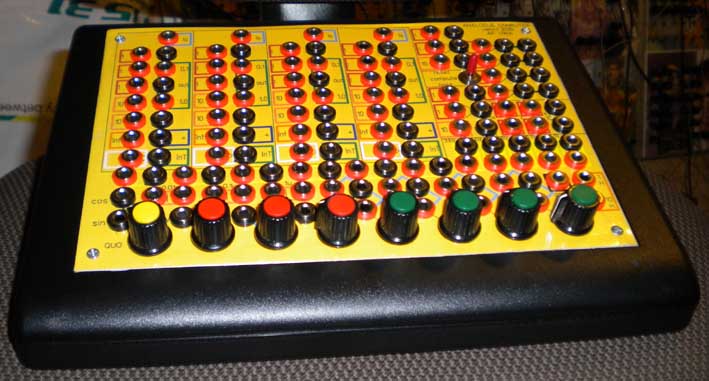
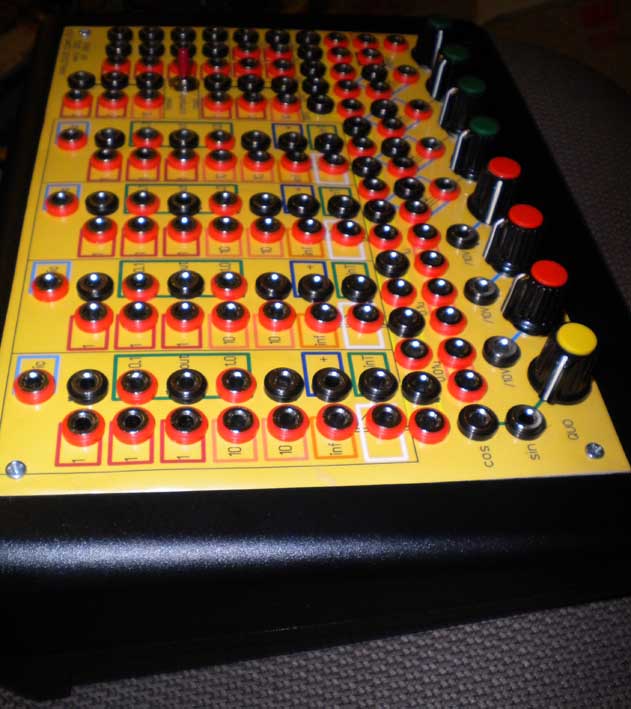
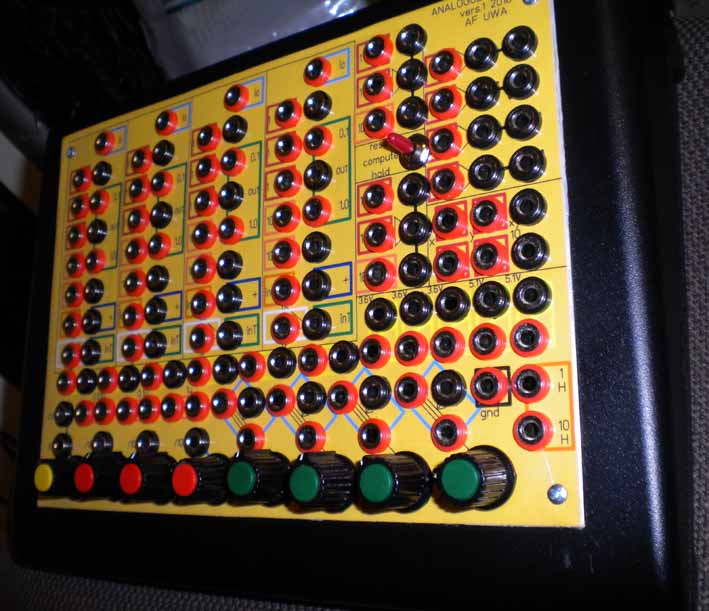
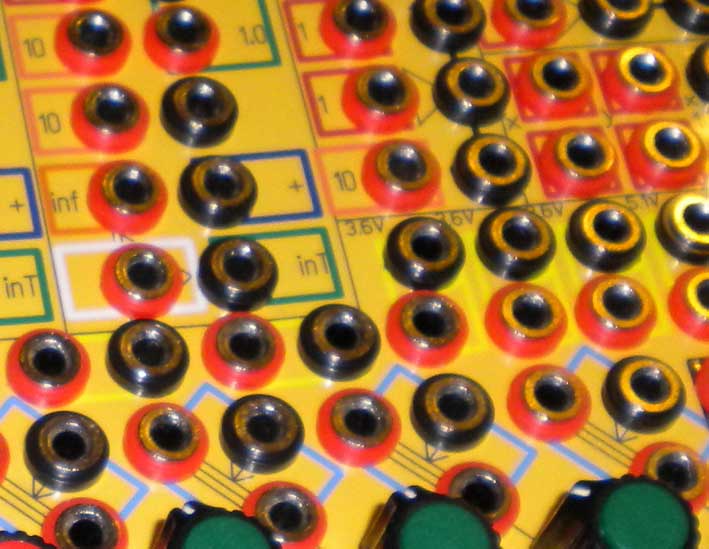
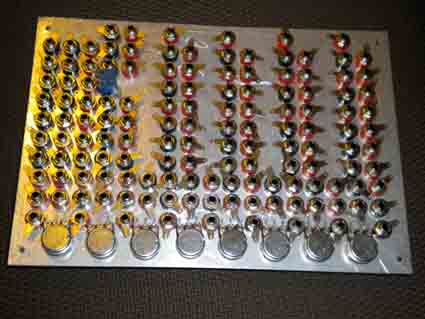
Plenty of wiring to do!
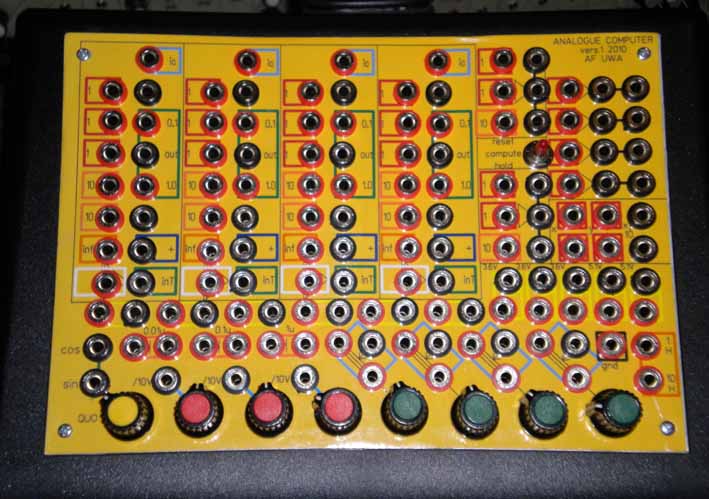

This is a simple video of the first program I tried on the AC once all the bugs and spurious oscillations were sorted.
It is a Lorenz Attractor, the program is from the Analog Museum examples (Thanks Bernd!!) As the caps are all 0.1uF, it runs a little slowly, smaller caps would enable the classic butterfly pattern to be easily seen.
This one has 0.001uF caps on the integrators so runs much faster, some tweaking of the pots to show how the signal moves into and out of chaos.
back to main page